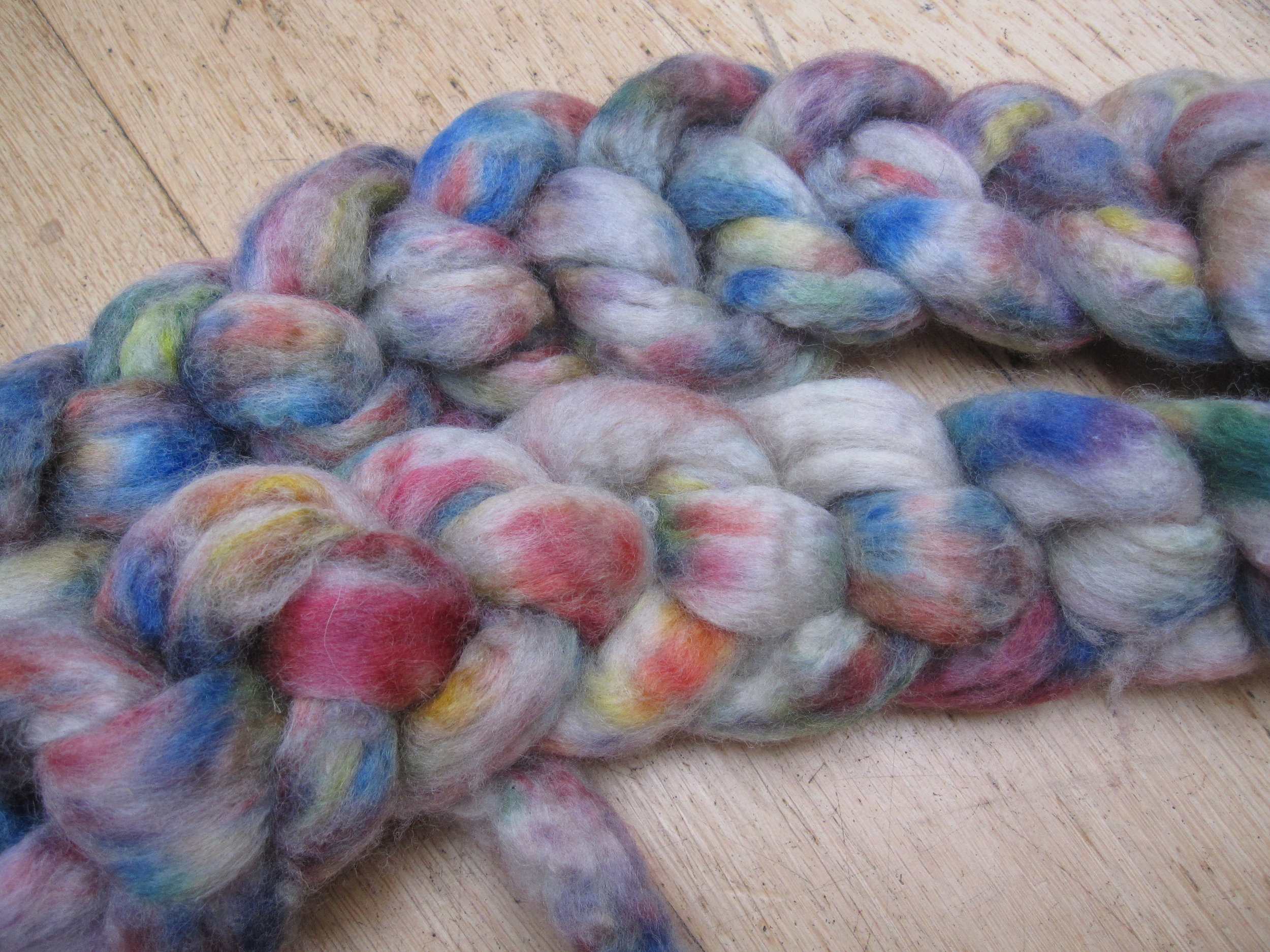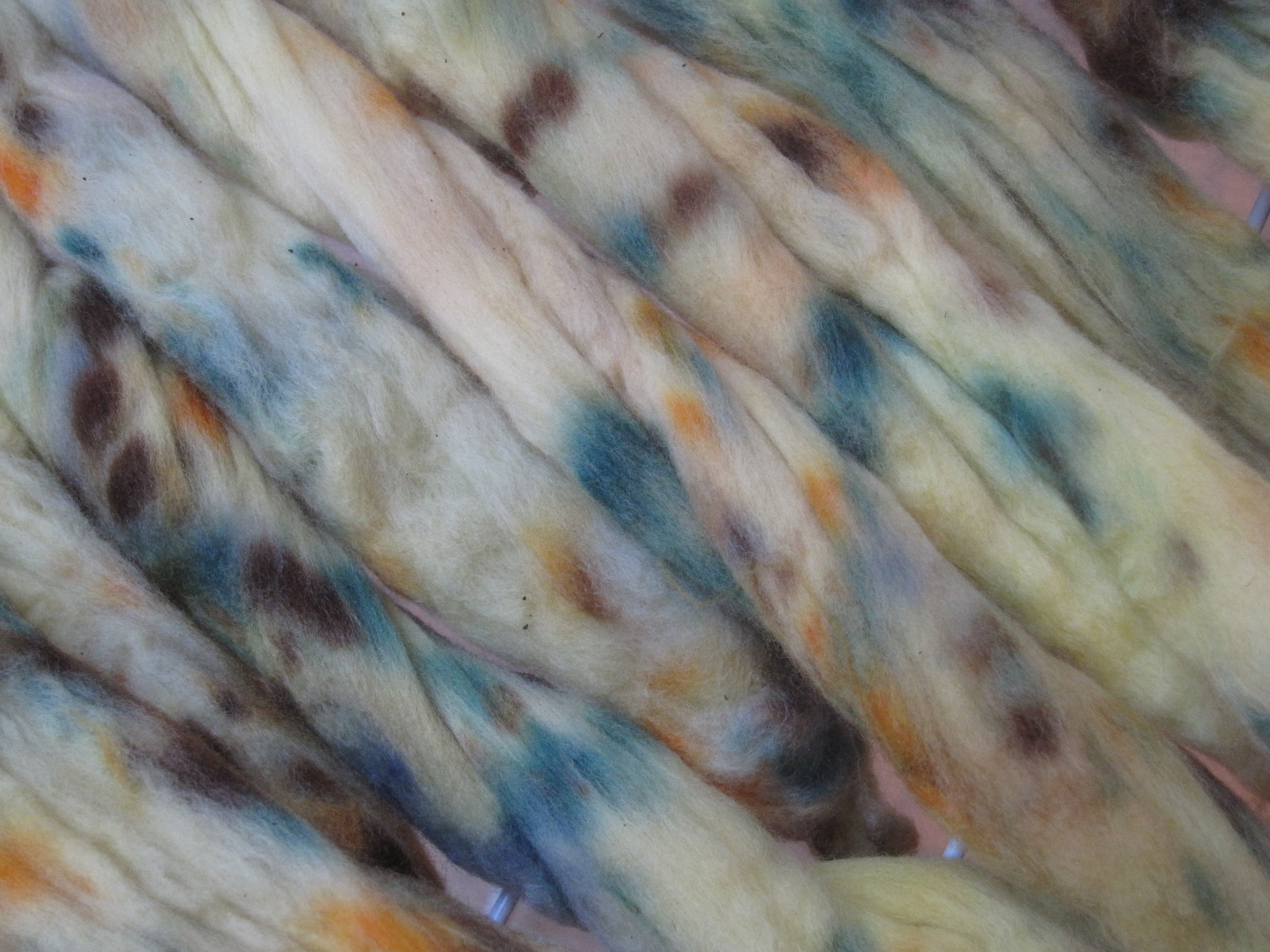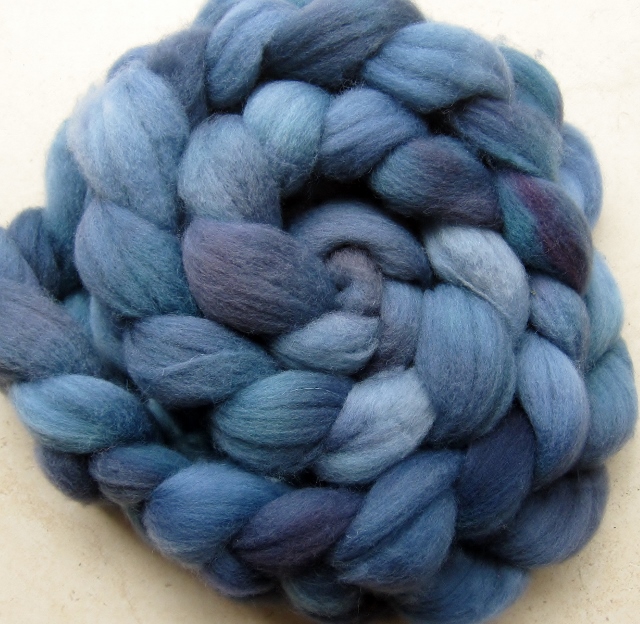Lab Goddess Fibre Club - 2017 Third Quarter Round Up
The third quarter of the 2017 Lab Goddess Fibre Club is done and dusted, so it's time to share all the goodies from the last round with you.
July brought Cobalamin on Wensleydale, inspired by British scientist Dorothy Crowfoot Hodgkin, a chemist and X-ray crystallographer. Dorothy Hodgkin was awarded the Nobel Prize in Chemistry in 1964 for her work in determining the structure of Vitamin B12 (also called cobalamin).
Cobalamin on Wensleydale
To date, she remains the only British woman to have been awarded any of the three Nobel prizes in science (Physics, Chemistry and Physiology or Medicine).
August brought us to another British scientist, Dame Nancy Rothwell, a physiologist and neuroscientist whose research has investigated energy balance regulation, obesity and wasting syndrome, and now focuses on inflammatory processes that damage the brain after stroke. The August colourway, Anakinra, was named for a drug that Dr. Rothwell is currently working with to see if it can prevent stroke damage, and was dyed on Finnish, a medium wool.
Anakinra on Finnish
The quarter finished with a special base, 80% organic Merino/20% mulberry silk that I've been hoarding for quite a while, waiting for the right project.
Substance X on 80% organic Merino/20% mulberry silk
This colourway was inspired by Alma Levant Hayden, an African-American chemist who was instrumental in debunking Krebiozen, a 1960s miracle cure for cancer which actually did nothing of the sort. Instead of a revolutionary new medical advance, Krebiozen turned out to be nothing more than creatine, a naturally occurring organic acid produced by the liver.
Slots are still available for the last round of the Lab Goddess Fibre Club for 2017, and I hope you'll join us!















